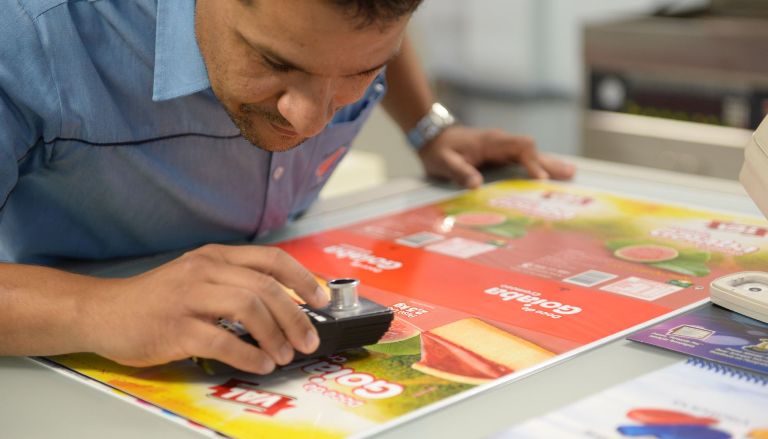Gravure Inks

Description
Rotogravure printing is the preferred method when large print runs are required, such as for catalogues. Penetration of ink into the paper is not desirable as this increases the amount of ink needed to obtain a certain print density. Thus the differences in ink demand between different papers have a significant impact on the economics of the process. The extent of ink penetration depends on the structure of this coating and the characteristics of the ink used.
Rotogravure relies on transfer of ink from cells to paper surface, primarily by surface tension effects. For this to be successful the substrate surface must be uniform and smooth. A compressible paper also ensures that there is good contact in the printing nip and aids the ink transfer process. In practice electrostatic assist is used to improve the transfer of the ink from the cylinder to the paper. One of the key measures of rotogravure print quality is the % of missing or ‘skipped’ dots. A high number of missing dots decreases the quality of the printed image. Other requirements of a rotogravure printed paper are a high print gloss and print density and an even, mottle free finish.